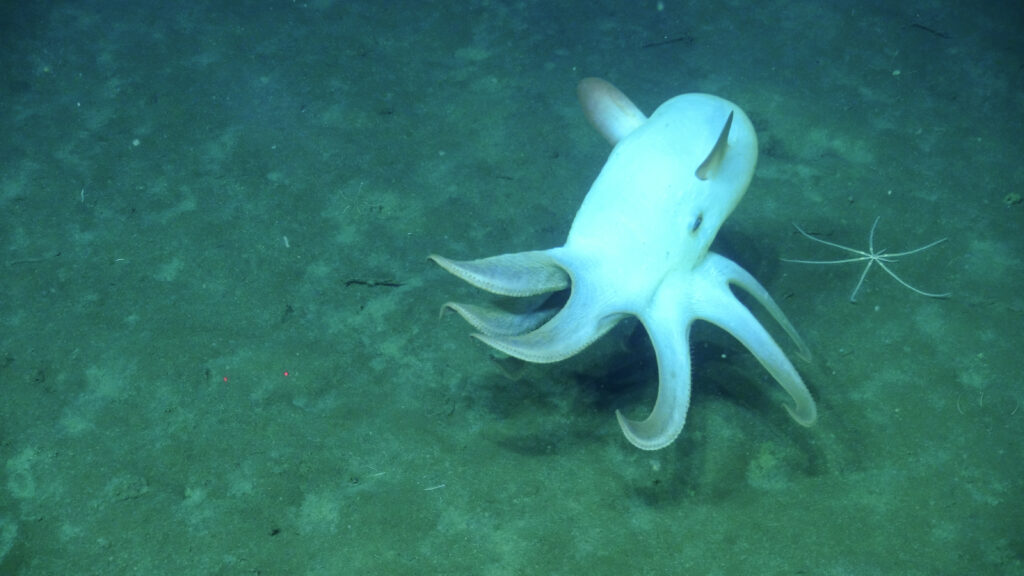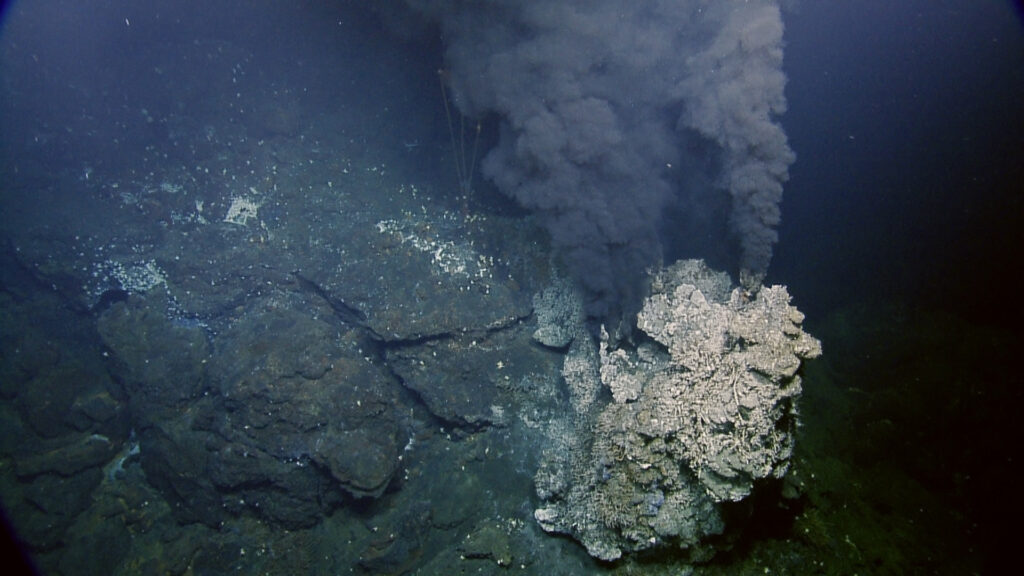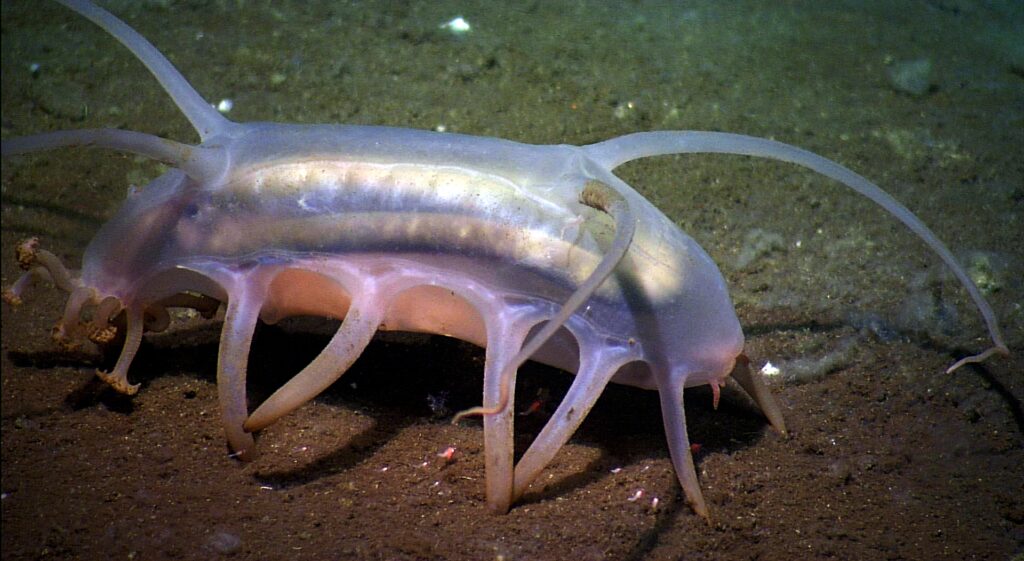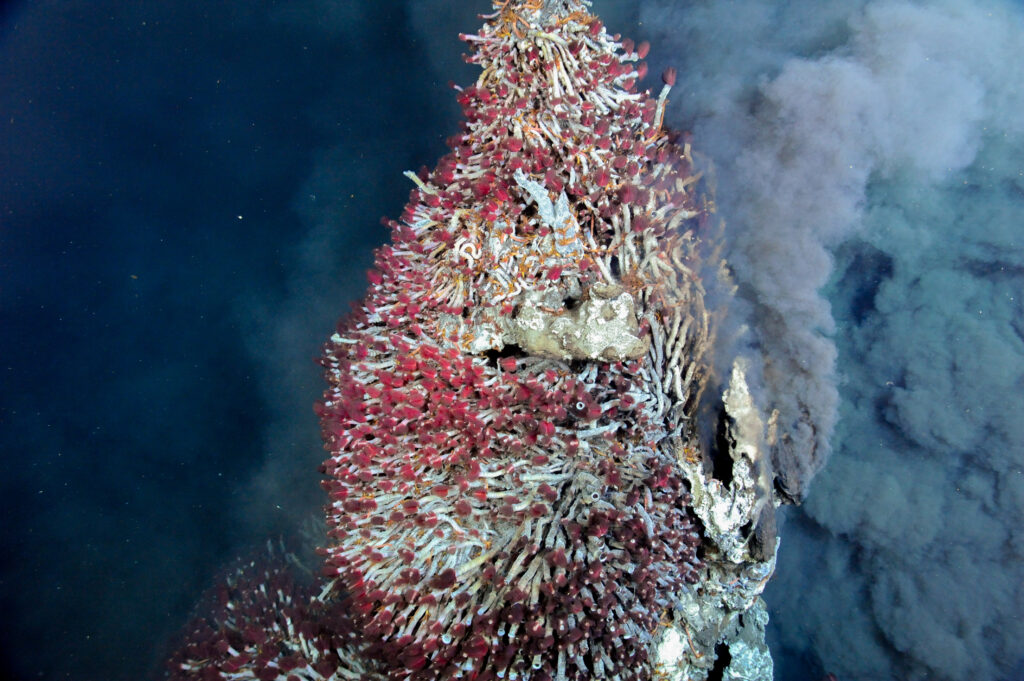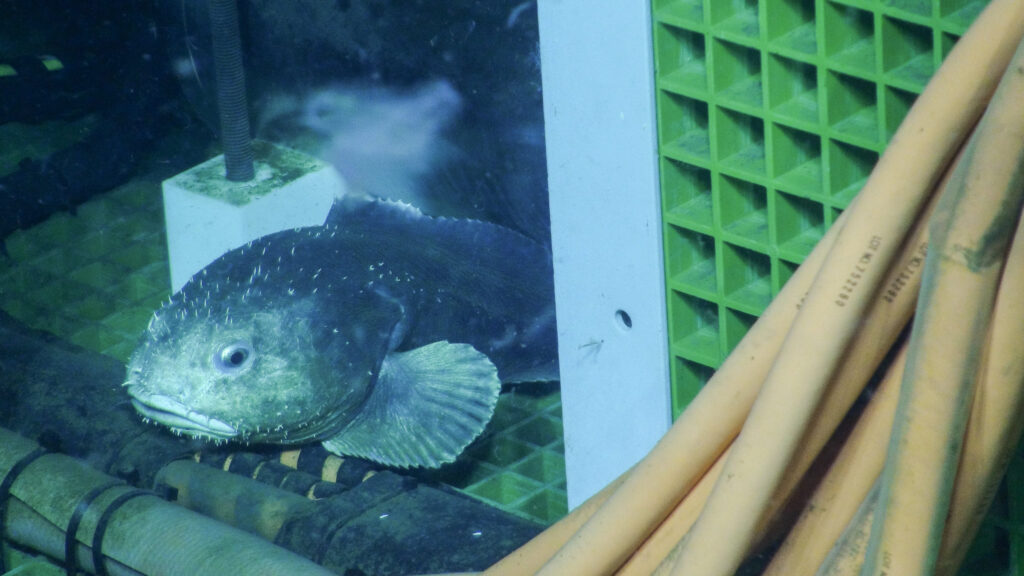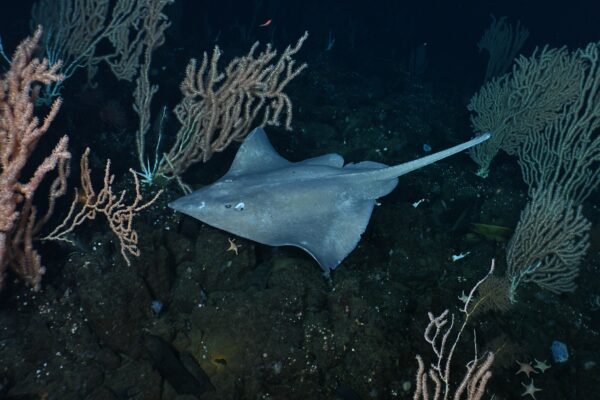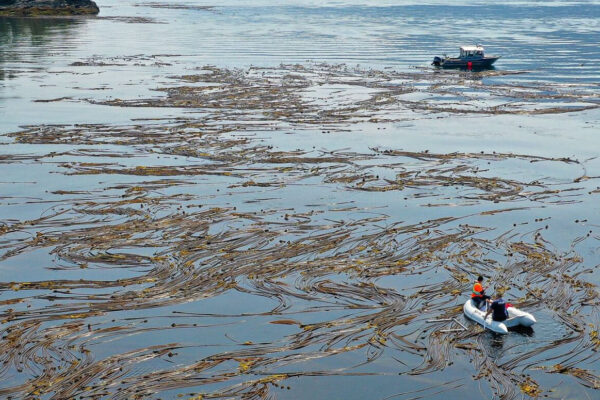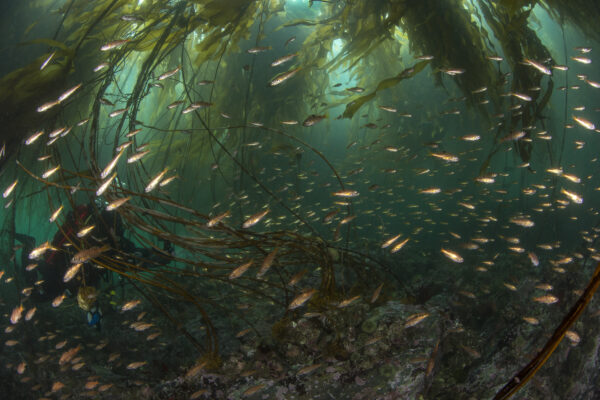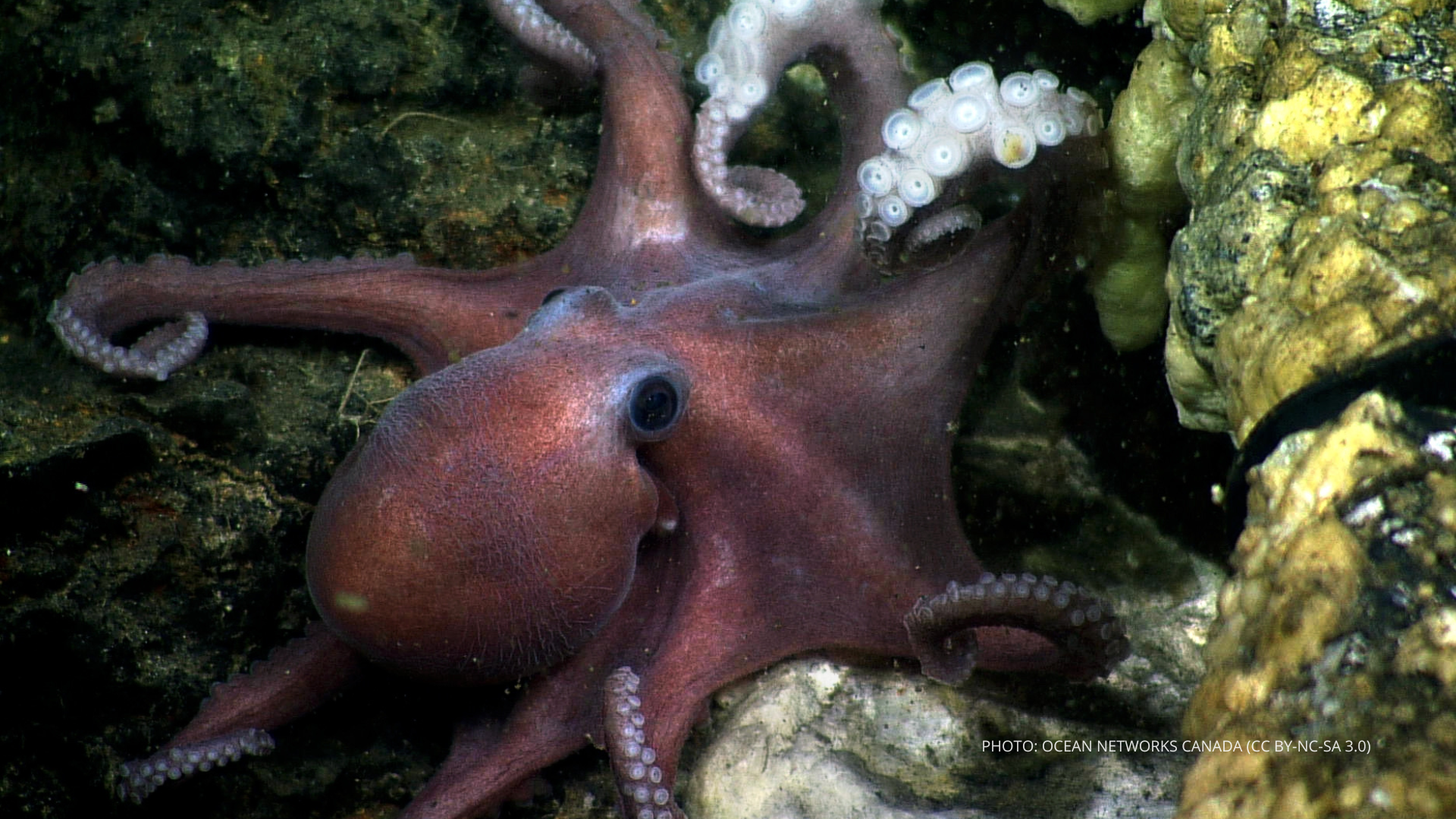
Defending a Deep Sea Oasis: Tang.ɢwan – ḥačxʷiqak – Tsig̱is Marine Protected Area
Safeguarding ancient, biodiverse deep sea ecosystems off the coast of British Columbia.
The Tang.ɢwan – ḥačxʷiqak – Tsig̱is (pronounced Tung – Gwun, huch/khwi/kuk, tsee-geese) Marine Protected Area is off the coast of British Columbia covering an area four times the size of Vancouver Island! Established in 2024, this new marine protected area encompasses unique seamounts and hydrothermal vents which are home to species found nowhere else. Co-managed with Indigenous Nations, this “Deep Sea Oasis” aims to provide permanent protection against threats to the deep sea such as bottom-contact fishing and mining.

Why Action is Needed
What's at Stake?
Tang.ɢwan – ḥačxʷiqak – Tsig̱is Marine Protected Area encompasses deep-sea environments, including seamounts and hydrothermal vents, which are vital for marine biodiversity and home to species found nowhere else on Earth. The rich deep sea ocean life in BC is under threat from activities such as bottom-contact fishing, deep sea mining, dumping, and ghost gear. Enforcing Canada’s Marine Protected Areas Protection Standard here is a vital step toward safeguarding Canada’s deep sea ecosystems.
- Hydrothermal vents here are home to 10 species recorded nowhere else in the world
- 75% of Canada’s known seamounts are located here
- Slow-growing and sensitive habitats & species
- First marine protected area to include Canada’s Marine Protected Areas Protection Standard
Solutions
CPAWS-BC is looking to educate, improve enforcement and advocate for a management plan that ensures protection standards are in place
Strengthening monitoring and enforcement will ensure long-term preservation of the area’s unique ecosystems. Collaboration with Indigenous Nations in co-management ensures that traditional knowledge guides conservation efforts, preserving both the environment and cultural heritage.
- Strengthen monitoring and enforcement
- Improve awareness and knowledge
- Management plans that ensure protection standards
- Co-management with Indigenous Nations
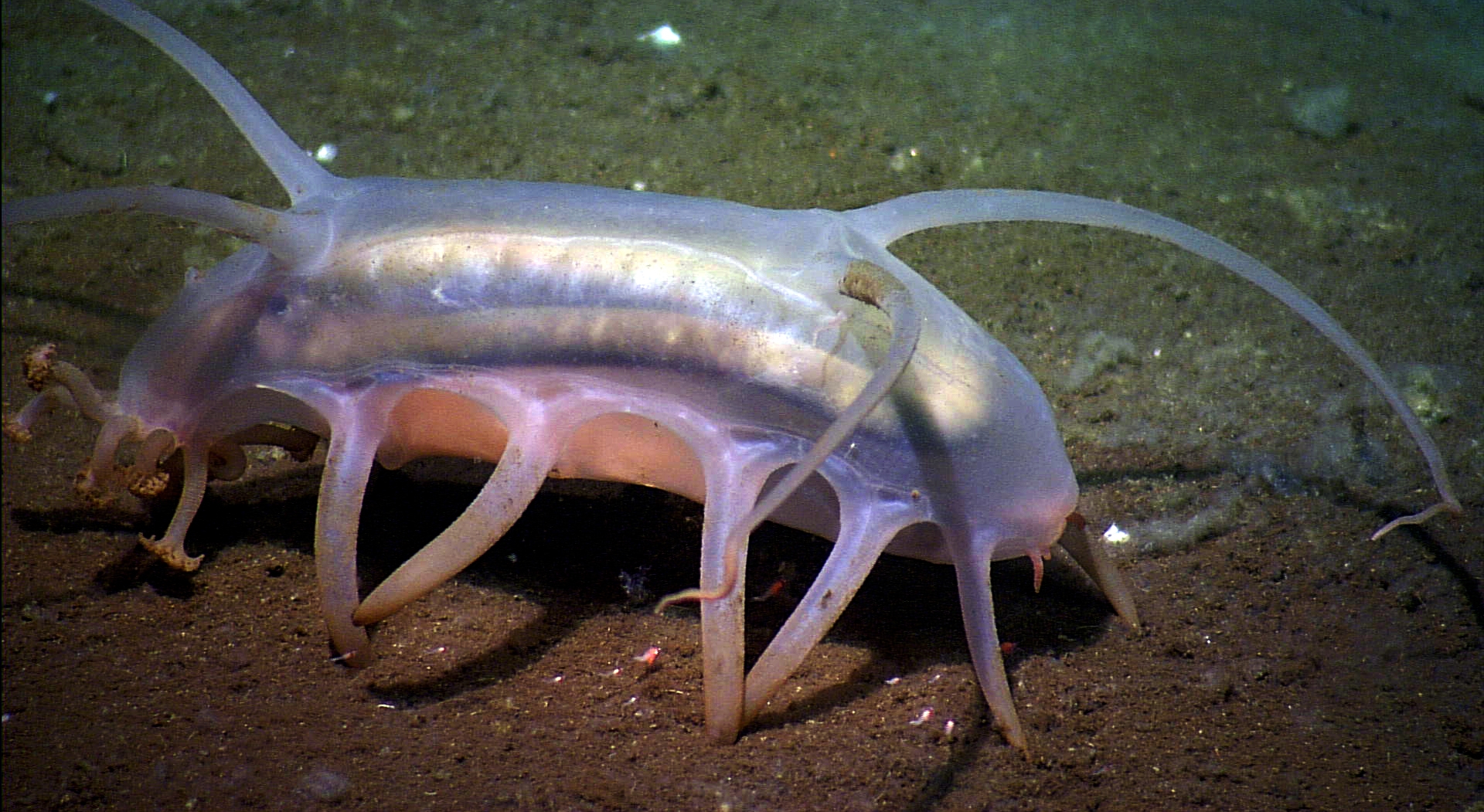
We Need Your Help
To Protect BC’s Wilderness Now & Forever
We need your help - please sign our petition today!
Yes, I want to help protect Canada's wilderness
Other Ways to Help
Learn More
The Tang.ɢwan – ḥačxwiqak – Tsig̱is Marine Protected Area is a "Deep Sea Oasis," a mysterious and enchanting home to ...
More InfoMarine Protected Areas 101: An introduction to MPAs The beautiful coast of British Columbia has sustained people for thousands of ...
More InfoMarine Protected Areas: Benefits for Nature and People
A win-win! Marine Protected Areas are not simply about restricting activities or access, they’re about letting life back in and ...
More Info